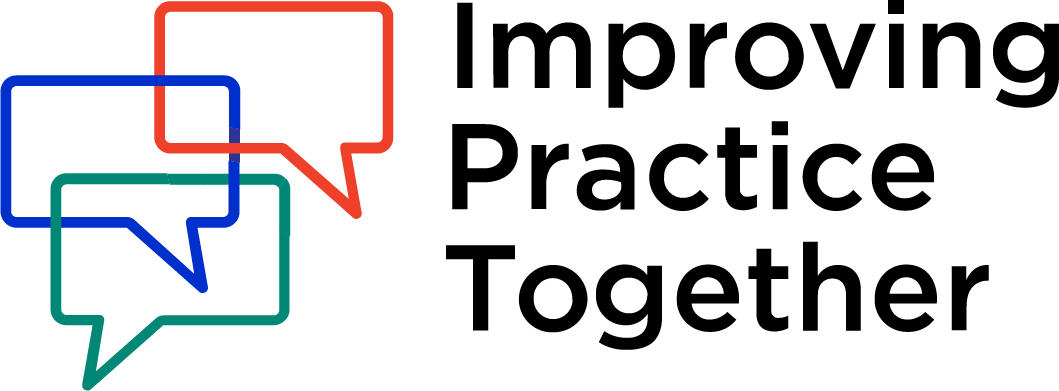Materials to Identify and Address Emergent Needs
Educational contexts change and evolve over time. District priorities shift, teacher participation in professional learning ebbs and flows, and occasionally in person teaching and learning shuts down due to wildfire smoke or a pandemic.
Listening to the needs of teachers and staying tuned to district priorities may lead to rethinking the goals of professional learning experiences or of how activities are structured and offered. One way to approach a shifting landscape is to pause and give teachers time to think about their own practice and how their context is changing. Working on a “problem of practice” identified by teachers helps teacher leaders connect what they are facilitating to what they and their colleagues are experiencing within their sites or larger systems.
Problem of Practice Process
The process described below needs at least 6+ hours.
- Have teachers share their values and beliefs about the content of the professional learning they are experiencing, e.g., culture of talk in the classroom, science, social and emotional learning, teaching online, equity, etc.
- Organize the values and beliefs into categories and have teachers discuss which areas are most relevant to their own practice.
- Teachers individually write about the concerns they have about one of the areas. Remind them to keep the focus within their sphere of influence — something they have the power to change.
- Once teachers have identified their concern, introduce them to this abbreviated version of Equity Meets Design’s “Problem with Problems” design brief. Following the prompts on the abbreviated design brief, teachers can unpack their concern and articulate a succinct description of the problem. Teachers work together in small design teams to analyze aspects of the problem including the root causes and historical factors that are important to understanding the problem. You can also explore the original, longer “Problem with Problems” design brief and many other excellent resources developed by Equity Meets Design.
Abbreviated Design Brief for IPT – Walk teachers through the design brief in the order below (not from top to bottom). Going in this order is helpful to build context and understanding before refining the problem statement.
(1) Your Design Team – It’s important to know who is on your team and what they’re bringing (assets and biases) to the work you’re about to engage in. It helps highlight strengths of the group as well as areas where you will need to consult/engage others.
(2) Historical Context – This is the broader context. Use this section as a place to work on common language.
(3.a) Root Cause Analysis – Fill out the root cause diagram using the “5 whys” method. For every why, be sure to ask yourself, “how?” so you can understand what the conditions were that led to a given outcome/problem.
(3.b.) Where You Land and Why – Indicate where in the root cause diagram you are deciding to focus and why you chose that particular place. Where you decide to focus can be influenced by a number of things – your team’s expertise, the relationships your team possesses, the resources available, your circle of influence, etc.
(4) Short Problem Articulation – Craft a succinct description of the problem that addresses the need being addressed and the context.
(5.a) Boundaries – Outline the boundaries (constraints) of the problem, including things like: location, demographics (grade, age), needs, technical problem.
(5.b) Margins – Indicate how you think about the margins of this problem space. This may include communities/individuals, scenarios, and needs.
(5.c) Other Context
(6) Process Used to Get to This Current Understanding of the Problem Space
- The design teams then develop solutions that they will try out in their classrooms.
- Follow up sessions with the design teams include time for reflection on their problem of practice and planning, the solutions they suggested, and next steps.

